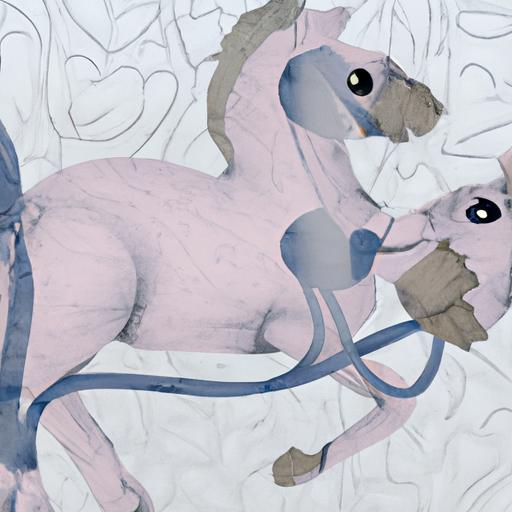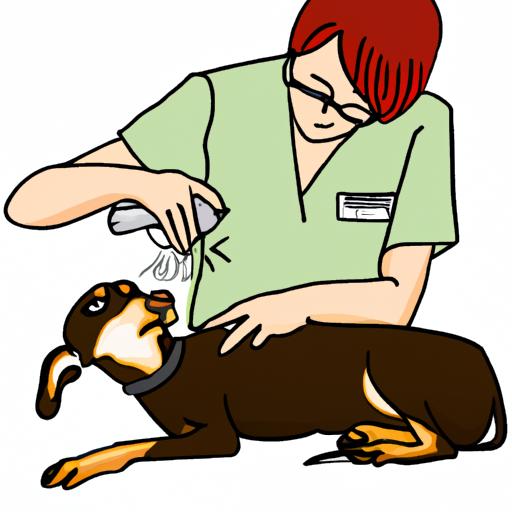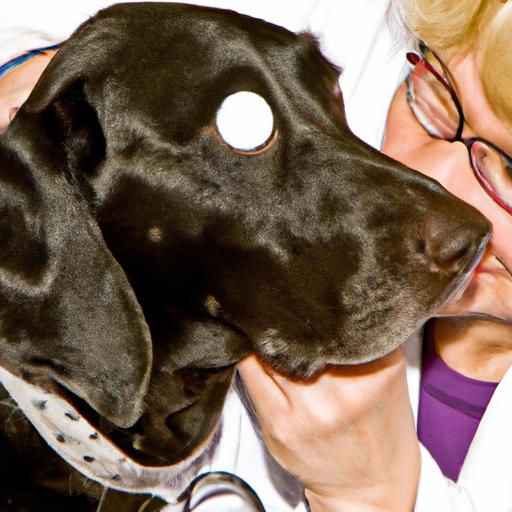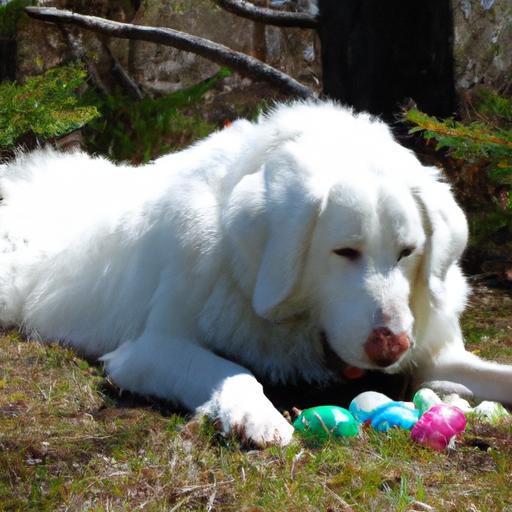
Recognizing Signs of Canine Myasthenia Gravis
Learn to identify the signs of Canine Myasthenia Gravis in dogs. Recognizing these symptoms is crucial for early detection and treatment.
Introduction to Canine Myasthenia Gravis
Canine Myasthenia Gravis is a neuromuscular disorder that affects dogs, causing weakness and fatigue in their muscles. This condition is often misunderstood or misdiagnosed, leading to delayed treatment and unnecessary suffering for our furry companions. In this article, we will explore the signs and symptoms of Canine Myasthenia Gravis, empowering dog owners to recognize the early warning signs and seek appropriate veterinary care.

Understanding the Signs of Canine Myasthenia Gravis
When it comes to identifying Canine Myasthenia Gravis, being aware of the common signs and symptoms is crucial. This disorder primarily affects the communication between nerves and muscles, resulting in muscle weakness and fatigue. Here are some key indicators to watch out for:
1. Generalized Weakness
Dogs with Canine Myasthenia Gravis often exhibit generalized weakness, which may manifest as difficulty standing up, climbing stairs, or even walking short distances. This weakness can vary in severity and may worsen with physical activity.
2. Drooping Eyelids
One of the most recognizable signs of Canine Myasthenia Gravis is the drooping of the dog’s eyelids, known as ptosis. This drooping can occur in one or both eyes and may worsen throughout the day or after physical exertion.
3. Difficulty Swallowing
Another common symptom is dysphagia, or difficulty swallowing. Dogs with Canine Myasthenia Gravis may struggle to eat or drink, leading to weight loss and dehydration. Keep an eye out for excessive drooling, regurgitation, or choking during mealtimes.
4. Exercise Intolerance
Due to muscle weakness, dogs with Canine Myasthenia Gravis may experience exercise intolerance. They may tire quickly during physical activity or show reluctance to engage in activities they previously enjoyed, such as playing fetch or going for walks.
Frequently Asked Questions about Canine Myasthenia Gravis
To provide a comprehensive understanding of Canine Myasthenia Gravis, let’s address some frequently asked questions about this condition:
What causes canine myasthenia gravis?
Canine Myasthenia Gravis is an autoimmune disorder where the dog’s immune system mistakenly attacks the receptors responsible for the nerve-muscle communication. While the exact cause is unknown, certain dog breeds, such as Labrador Retrievers and Golden Retrievers, are more prone to developing this condition.
How is it diagnosed in dogs?
Diagnosing Canine Myasthenia Gravis involves a combination of clinical signs, physical examinations, and specialized tests. A veterinarian may perform a Tensilon test, electromyography, or blood tests to confirm the presence of this disorder and rule out other potential causes for the symptoms.
Can it be cured or managed?
While there is no known cure for Canine Myasthenia Gravis, it can be managed with appropriate treatment. The goal is to improve the dog’s quality of life and minimize the impact of symptoms. Treatment options may include medications like acetylcholinesterase inhibitors, immunosuppressive drugs, and supportive care.
Are certain dog breeds more prone to developing this condition?
Yes, certain dog breeds are more susceptible to Canine Myasthenia Gravis. Along with Labrador Retrievers and Golden Retrievers, other breeds like German Shepherds, Boxers, and Great Danes have a higher incidence. However, this condition can affect dogs of any breed or mixed breed.
Conclusion
Recognizing the signs of Canine Myasthenia Gravis is vital for early detection and timely treatment, ensuring that our beloved dogs receive the care they need. If you notice any signs of generalized weakness, drooping eyelids, difficulty swallowing, or exercise intolerance in your furry friend, consult a veterinarian promptly. Remember, early intervention can significantly improve the prognosis and enhance your dog’s quality of life. Stay vigilant and be a proactive advocate for your pet’s health!
Note: This article is for informational purposes only and should not replace professional veterinary advice. Always consult with a qualified veterinarian for accurate diagnosis and appropriate treatment options.
























.jpg)




